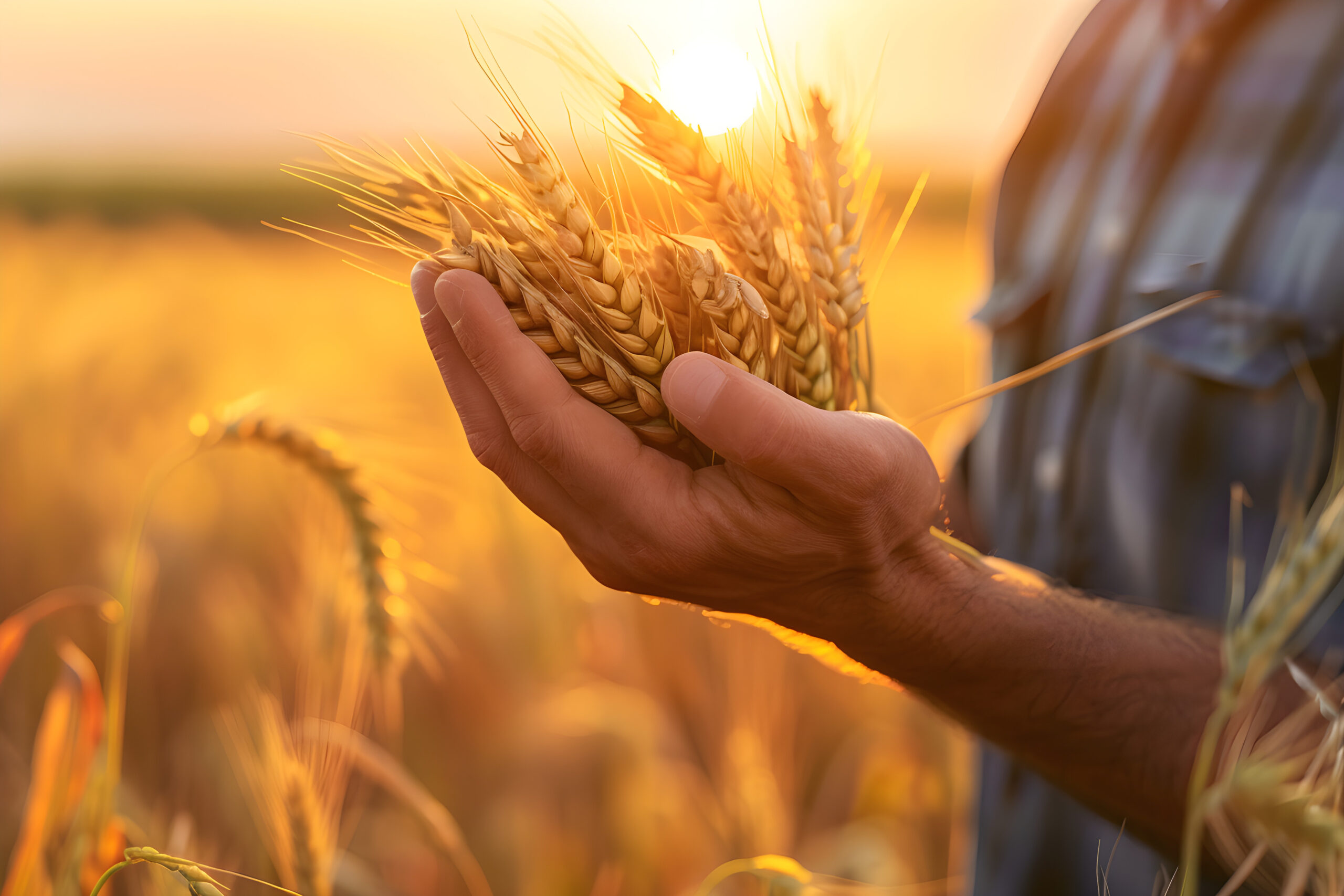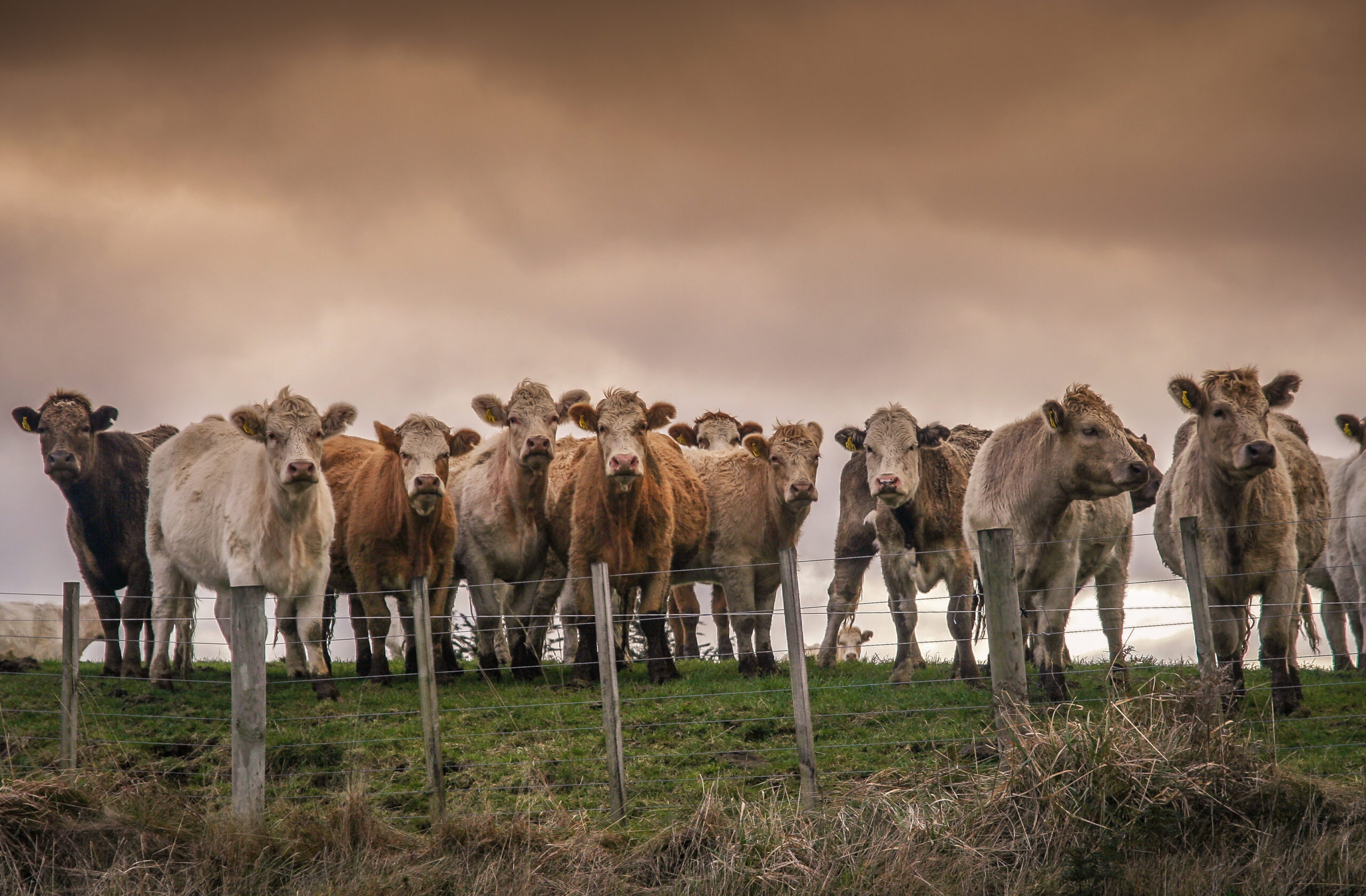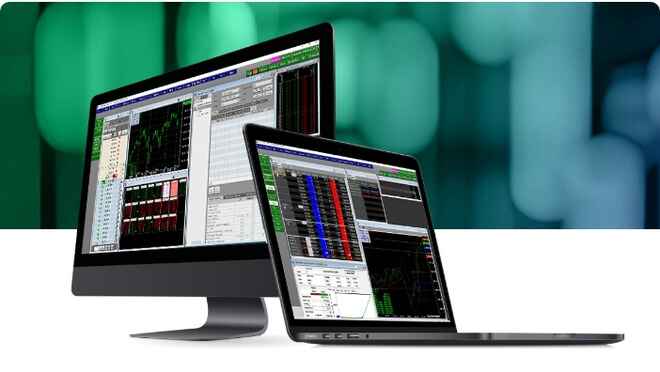Corn Futures Market
Corn futures are one of the most widely-traded commodities futures products in the world. The corn product is the first domesticated and largest crop in the United States. Like other investments, corn futures prices fluctuate with supply, demand and speculation.
Corn Futures – Contract Specs
| Contract Symbol | Contract Units | Price Quotation | Trading Exchange | Trading Hours | Tick Value |
| ZC | 5,000 bushels | cents per bushel | CME GLOBEX | 8:30 – 13:20, 19:00 – 7:45 | 1/4 cent = $12.50 |
Corn Futures History
Corn futures began trading in the Chicago commodities futures markets in the mid-1880s. Corn has been called the “other yellow gold” because of its value around the globe throughout most of the history of man. Corn is a member of the grass family of plants and is one of the native grains of the American continents. For thousands of years, corn has been a staple of everyday life, serving as a source of food, energy and currency.
Corn Futures Facts
- Corn is among the most versatile and complex grains in the world. Corn production and distribution has changed the face of history.
- With approximate 14 billion bushels of corn produced annually in the U.S. alone, corn could be considered the most important grain crop on the planet.
- Tax incentives increase demand for ethanol based fuel additives. Import taxes reduce the supply of fuel grade ethanol. • Observe the politics of fuel additive demand. If tax incentives decrease, corn demand drops quickly.
- Major multi-use crops such as corn and other grains futures are unpredictable.
- Bumper crops and failed harvests affect costs at fuel pumps and food at retail and wholesale levels.
Trading Corn Futures
- Corn futures are standardized, exchange-traded contracts in which the contract buyer agrees to take delivery, from the seller, a specific quantity of corn (i.e. 50 tonnes) at a predetermined price on a future delivery date.
- Corn Futures are traded at the Chicago Board of Trade (CBOT), NYSE Euronext (Euronext) and Tokyo Grain Exchange (TGE).
- Commodities are traded based on margin, and the margin changes based on market volatility and the current face value of the contract. For example, to trade a corn contract on the CBOT, a trader may be required to maintain a margin of $1,350, which is approximately 4.5% of the face value.
- The United States Department of Agriculture (USDA) produces several important reports on corn. Every year in the second half of March, its Prospective Plantings report is released, which details how much and which crops will be planted by farmers for the upcoming season. Every month thereafter, its Monthly Crop Production report estimates the supply and demand for soybeans.
RJO University
Gain the knowledge and skills to trade futures with confidence. Access in-depth guides, market analysis, and actionable insights. Whether you’re a novice or seasoned trader, our century of industry experience empowers you to navigate complex markets and make informed decisions. Start your journey with RJO’s trusted expertise.
 Agriculture Futures
Agriculture Futures
Soybean Futures: What Are They and How Are They Traded?
 Agriculture Futures
Agriculture Futures
Trading Agricultural Futures
 Agriculture Futures
Agriculture Futures
Grain Futures
 Agriculture Futures
Agriculture Futures



